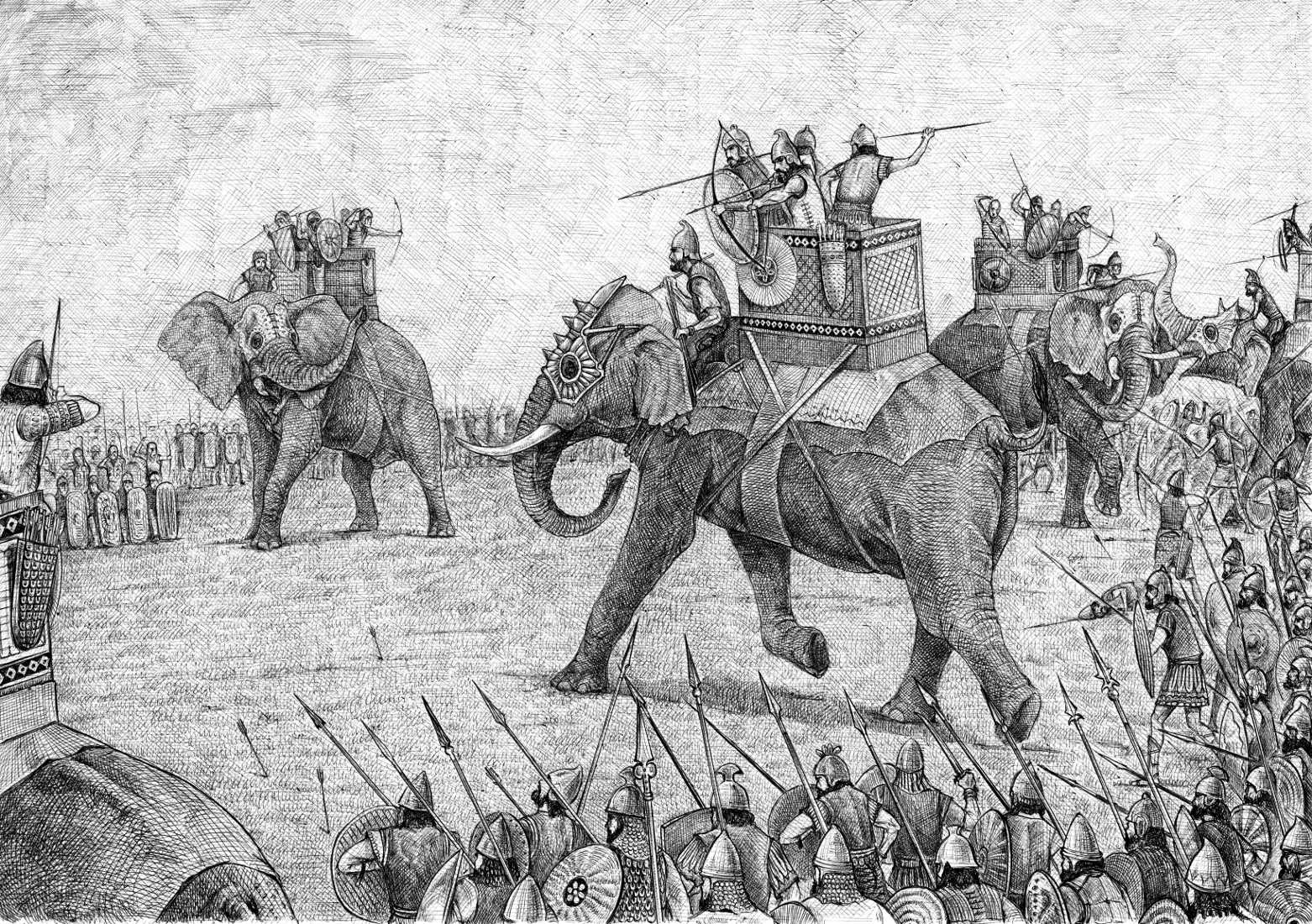By: Randy Tucker
The neglected study of ancient history for a more socially palatable, politically correct curriculum is yet another sad manifestation of the politicizing and industrializing of American children’s public education. Latin was taught in 60 percent of high schools before World War II, but that subject, along with its supporting subjects of ancient history and philosophy, faded from view as the Soviets launched Sputnik back in October 1957.
The first “crisis” in education lamented the lack of science and math abilities in America’s youth. Quick fixes rolled in to bridge the “gap” between American students and those living behind the Iron Curtain.
That fear of conquest from dark, evil, foreign enemies has a familiar ring to it.
We now live in a constant state of military preparedness, on the brink of our own destruction and eating fear like our ancestors ate homemade bread. As President Dwight Eisenhower (not exactly a liberal) warned us, the military/industrial complex now rules our everyday lives, and an America without a “bogeyman” is an America who doesn’t need to spend the bulk of our federal budget on weapons and standing armies.
As the author of Ecclesiastes wrote millennia ago, “What has been will be again, what has been done will be done again; there is nothing new under the sun.”
A look at one fascinating area of ancient history shares eerie parallels to our American empire. While the Romans and Greeks take up most of the minuscule space allotted to ancient history in our current intellectually deprived curriculum, it’s the Carthaginian Empire that strikes the comparison to our infatuation with military might.
The Carthaginians are most famous as the empire that gave rise to Hannibal. The story of his army, war elephants, and all, marching over the Alps to attack Rome, is true. Hannibal was never defeated in battle, but his exploits are just the tip of the Carthaginian spear.
Carthage was an empire stretching across North Africa and into the region of modern Palestine. Carthaginian immigrants crossed the Straits of Gibraltar and settled in the southern regions of modern Spain.
Carthage was a formidable opponent. It used the now-extinct North African elephant as a weapon of intimidation, with this smallest version of the pachyderm trained to swing razor-sharp, heavy, bronze swords back and forth at knee level while approaching enemy infantry. Think of them as the tanks of their day, albeit fueled with forage, fruits, and vegetables instead of diesel.
Today’s military mirrors the ancient, except for air and satellite-based weaponry. Despite Hollywood myths, infantry always beat cavalry, cavalry always beat slingers and archers, and archers and slingers always beat infantry. It was how a general used them that led his men to slavery or the victory march.
Carthage had the best of all three branches in the ancient Mediterranean realm. Hannibal defeated the Romans in every battle, most famously at Cannae, where his technique was repeated millennia later by Napoleon in Egypt, Sherman in Georgia, and Moshe Dayan in the Suez. There really is nothing new under the sun.
Perhaps the most famous battle in the ancient world, at least to Christian culture, came several centuries prior to the rise of Carthage in the Valley of Elah – modern-day Israel.
Goliath, the Philistine giant, challenged the greatest warriors the ancient Israelites could muster. None would take up the offer.
The story of David, a young shepherd taking on the gigantic, heavily armed warrior, is one of the favorite Bible stories of young children and the source of many a legend since that time. From basketball upsets to the Doolittle raid on Tokyo, we love the long shot.
Hollywood misses no chance to expound and elaborate until miraculous events in their own right become just another unbelievable special-effects spectacle.
When history is replaced by Hollywood, our very nature as human beings is lost, along with any viable connection to our past.
A closer look at the encounter at Elah leaves a thinking mind wondering just who was the underdog in this struggle.
If David had locked into close combat with the giant, there would have been one mighty swing of the sword, and David’s story would never have been told. But the young shepherd was an expert with the sling, using it to kill lions, wolves, and bears that threatened his flock.
The power of a sling is not to be underestimated. In the hands of a skilled thrower, a sling can generate as much force with a one-ounce stone as a .45 caliber pistol at ranges up to 150 yards.
Goliath never had a chance. The stone that hit him squarely in the forehead, dented his skull, and knocked him senseless. The rest is history.
It’s a story worth investigating, but we live in an era with no time for the essentials. Most American children will never learn of Carthage, Hannibal, or the connection with David and Goliath or, for that matter, the war elephants that crossed the Alps.
When we have no time to teach, just to test, we learn nothing.
Randy Tucker is a retired history teacher and freelance writer from western Wyoming. He has a lifetime of experience in farming, ranching, hunting and fishing in the shadow of the Wind River Mountains. Contact him at [email protected].

